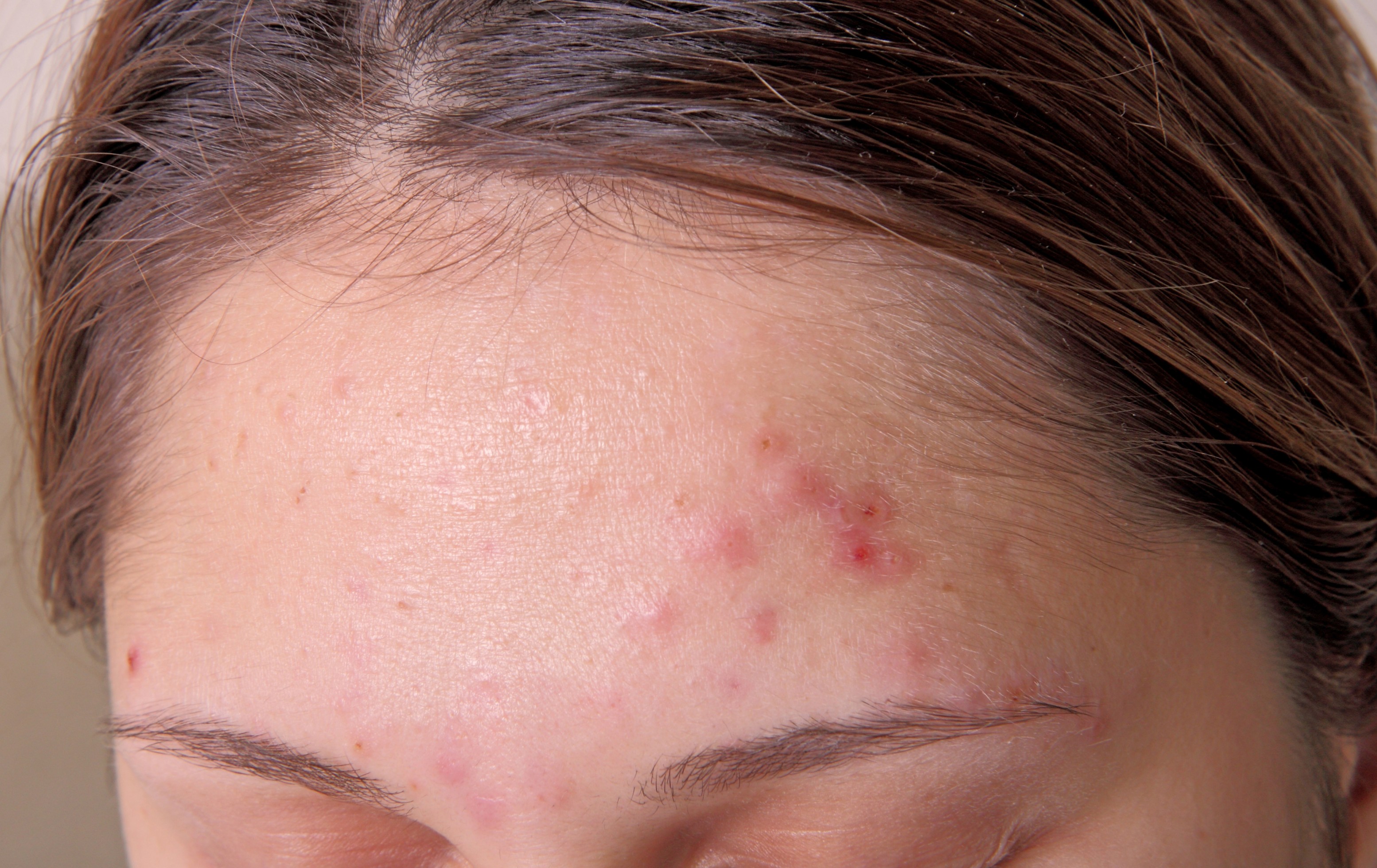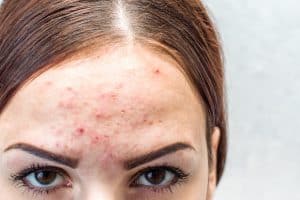From weather conditions to underlying health conditions, there can be various reasons for dry skin patches. Therefore, it may vanish by applying your regular moisturiser but at times could require the intervention of a dermatologist too. Some of the common areas where you can notice dark skin patches are knees, feet, elbows, hands, wrists, chest and face etc. Keep reading to know more about these patches on your skin.
Potential Causes of Dry Skin Patches on Skin
Eczema
Though eczema can happen at any age group, it’s common among children. There is still no clarity regarding the real reason, but there is a possibility of environmental factors and genes playing an important role. You can notice eczema, usually on your ankles, neck, hands, knees etc. This condition leads to reddish-brown itchy patches. Consult with a dermatologist who can suggest the right treatment for you.
Psoriasis
Around 125 million people across the globe have psoriasis. It is an autoimmune disorder where skin cells keep multiplying at a rapid rate. Those suffering from this condition may find itchy, scaly patches on their skin. Some of the common areas where psoriasis develops include palms of the hands, scalp, face, knees, elbows, genitals etc. Common symptoms of this condition are red, scaly patches, discolouration of toenails/fingernails, and skin peeling.
Athlete’s Foot
Unlike the name, an athlete’s foot has nothing to do with athletes. It usually appears in between the toes as a fungal infection. This condition is contagious and can quickly spread. It appears as a scaly rash along with burning, stinging or itching.
Nutritional Deficiencies
If you are deficient in vitamin E, D or calcium, you may develop white, dry patches on your skin. There’s no need to panic but focus on consuming a balanced diet with all the essential nutrients. If required, talk to a doctor regarding the diet and supplements to overcome the deficiency.
Lack of Fluids
Dehydration or not having a good quantity of water can cause dry patches on your skin. Hence, consume a lot of water and stay hydrated.
Turning Older
As you turn older, your pores may produce less oil, causing dryness in your skin. It can appear on elbows, lower legs or arms.
How to Treat Dry Skin Patches That Appear On Skin?
The treatment would depend on your condition and the cause behind it. A dermatologist may recommend lotions, cream, ointments and, in some instances, pills as well. A doctor can examine and suggest the treatment that will be best for you.
Tips to Prevent Dry Skin Patches
- Maintain a good water intake.
- Use skincare products that aid in moisturising and keeping your skin supple.
- Instead of bathing for long hours, stick to ten minutes or less.
- Avoid bathing with hot water. Use lukewarm or cool water.
- You can get yourself a humidifier to add moisture to the air in your home.
- It may seem hard to resist but avoid rubbing or scratching your dry skin.
Summing Up
Dry skin patches don’t always have to be something serious. However, there are few things you need to keep in mind.
- Is your condition severe?
- Is it interrupting your daily life?
- Are you suffering from the condition for a pretty long time?
- Do you suspect it could be due to an underlying health condition?
If the answer to all the above or even one is a ‘yes’, kindly reach out to a dermatologist. She/he can help find the root cause and suggest proper treatment. Early diagnosis will most probably lead to getting cured and ensuring a positive outcome.
FAQs
- How can you treat dry skin patches?
There isn’t one specific reason that causes dry skin patches; check with your doctor to find out the exact cause. Once it is known, they will offer treatment that is appropriate for you.
- Can drinking water help get rid of dry skin patches?
It applies to people who have dry skin patches due to insufficient water intake. Otherwise, those who consume a good amount of water or have dry skin patches due to other reasons may not see any difference.
- What does peeling skin indicate?
This would depend on what is causing your skin to peel. It is best to check with your dermatologist.

